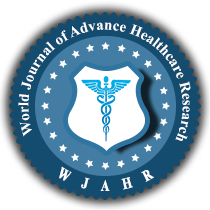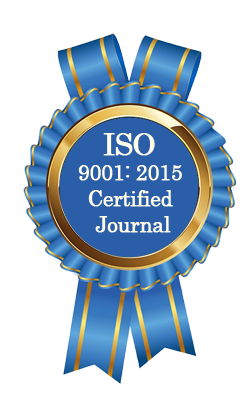| All | Since 2020 | |
| Citation | 105 | 60 |
| h-index | 4 | 4 |
| i10-index | 3 | 2 |
WJAHR Citation 
Login
News & Updation
Best Article Awards
World Journal of Advance Healthcare Research (WJAHR) is giving Best Article Award in every Issue for Best Article and Issue Certificate of Appreciation to the Authors to promote research activity of scholar.
Best Article of current issue
Download Article : Click here
Indexing
Abstract
TREATING WHITE SPOT LESIONS PROTOCOL FOR PROFESSIONALLY DISPENSED CRP-ACP PASTE
Suril Chandresh Dave*
ABSTRACT
In recent decades, dental professionals have increasingly advocated and explained the importance of, and proper technique for, daily oral hygiene habits for children and adults. Simultaneously, dental hygienists are sharing more information regarding the negative oral health consequences of excessively consuming acidic and sugary foods and beverages. Unfortunately, a variety of factors may affect an individual’s compliance with accepted oral hygiene recommendations, ultimately contributing to tooth demineralization (eg, active caries lesions and/or white spot lesions) and/or periodontal disease. White spot lesions are clinically detectable areas of demineralized enamel that indicate the initiation of the caries process.[1] Characterized by a milky white appearance of varying opacities on smooth tooth surfaces, white spot lesions develop from subsurface porosities caused by the loss of calcium, phosphate, and other minerals.[1-3] As a result, white spot lesions exhibit 2 distinct areas: dense interprismatic surface enamel and prismatic porous enamel below the surface.[4] Traditionally, teeth exhibiting white spot lesions have been treated with direct composite restorations and/or veneers. Unfortunately, significant tooth reduction is typically required in order to accommodate sufficient material thickness, mask discolored tooth structure, and establish aesthetic morphology. Today, however, many white spot lesions—including those with complete demineralization (eg, cavities)—can be treated and remineralized chemically and topically without the need to permanently sacrifice tooth structure.5 Fluoride has historically been applied to teeth as a means of preventing and reducing caries development (eg, fluoride varnishes), as well as for remineralizing tooth structure. However, fluoride treatments are only effective in the presence of available and sufficient salivary calcium and phosphate ions, which bind to the salivary protein Statherin.6 If saliva quantity or quality is compromised, acid-producing biofilms exist on smooth surfaces, or teeth are constantly challenged by acid (eg, erosion), then significantly more calcium and phosphate are required to enhance fluoride’s effectiveness. Therefore, calciumphosphate technologies—including amorphous calcium phosphate (ACP) and casein phosphopeptide-ACP (CPP-ACP)— are increasingly becoming preferred therapies for arresting the caries process and remineralizing and strengthening tooth enamel.[1,7]
[Full Text Article] [Download Certificate]
